
| Specifications(數據) | |
| Power Plant | Two boilers (600 PSI), two geared steam turbines, two shafts, 70,000 shaft horsepower |
| Length | 844 feet (253.2 meters) |
| Beam | 106 feet (31.8 meters) at waterline 200 feet w/flight deck elevators extended |
| Draft | 27 feet Maximum (Full Load) 36 feet at the stern [ballasted] |
| Displacement | Approx. 40,500 tons (36,450 metric tons) full load |
| Speed | 20+ knots (23.5+ miles per hour) |
| Aircraft | (Actual mix depends upon mission) 6 AV-8B Harrier attack planes 4 AH-1W SuperCobra attack helicopter 12 CH-46 Sea Knight helicopters 9 CH-53 Sea Stallion helicopters 4 UH-1N Huey helicopters |
| Landing Craft | 2 LCU Landing Craft, Utility or 3 LCAC Landing Craft, Air Cushion or 6 LCM-8 Landing Craft, Mechanized or 40 AAV Amphibious Assault Vehicle [normal] or 61 AAV Amphibious Assault Vehicle [stowed] | |||
| Armament | 2 - MK29 launchers for NATO Sea Sparrow 3 - MK15 20mm Phalanx CIWS mounts 8 - MK33 .50 cal. machine guns | |||
| Combat and Control Systems | AN/SLQ-49 Chaff Bouys AN/SLQ-25 NIXIE Towed Torpedo Countermeasures AN/SLQ-32(V)3 Electronic Warfare (EW) system 1 AN/SPS-48 radar 1 AN/SPS-49(V)7 radar 1 AN/SPS-64 radar 1 AN/SPS-67 radar AN/SYS-2 Detection/Tracking System 1 MK-23 Target Acquisition System (TAS) 1 MK-36 Chaff Launcher MK-91 Fire control System | |||
| Crew | Ships Company 104 officers, 1,004 enlisted Marine Detachment: 1,894
|
| Ships(同級兩棲攻擊艦 ) | |||||||
| Name | Number | Builder | Cost $ M | Homeport | Ordered | Commissioned | Decommissioned |
| Wasp | LHD-1 | Ingalls | $822 | Norfolk | 28 Feb 1984 | 06 Jul 1989 | ~ 2029 - 2039 |
| Essex | LHD-2 | Ingalls | $403 | San Diego | 10 Sep 1986 | 17 Oct 1992 | ~ 2032 - 2042 |
| Kearsarge | LHD-3 | Ingalls | $353 | Norfolk | 20 Nov 1987 | 16 Oct 1993 | ~ 2033 - 2043 |
| Boxer | LHD-4 | Ingalls | $341 | San Diego | 03 Oct 1988 | 11 Feb 1995 | ~ 2035 - 2045 |
| Bataan | LHD-5 | Ingalls | $731 | Norfolk | 20 Dec 1991 | 20 Sep 1997 | ~ 2037 - 2047 |
| Bonhomme Richard | LHD-6 | Ingalls | $761 | San Diego | 11 Dec 1992 | 15 Aug 1998 | ~ 2038 - 2048 |
| Iwo Jima | LHD-7 | Ingalls | $795 | 28 Dec 1995 | Feb 2001 | ~ 2041 - 2051 | |
| [Trent Lott] | LHD-8 | Ingalls | $1,500 | ||||


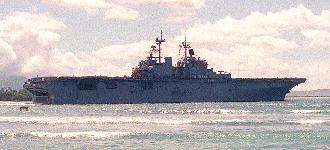
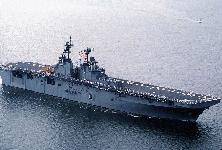
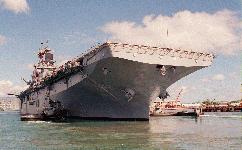
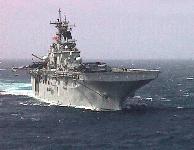
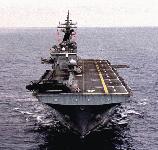
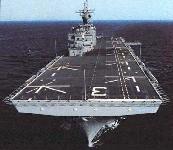
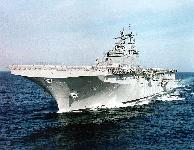
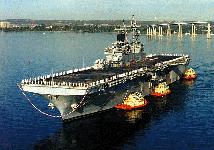
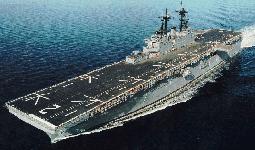
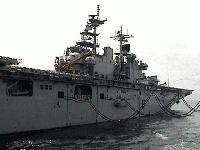
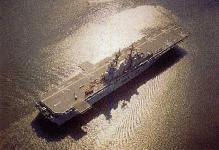

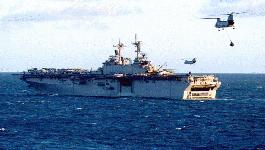
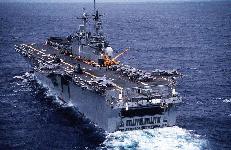
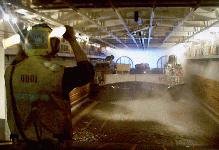
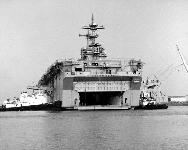
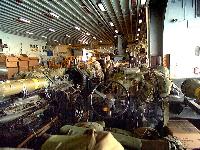
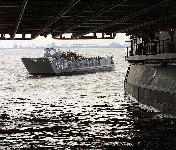
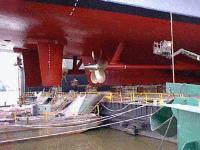
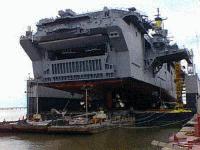












艦長 | 253.2m |
| 艦寬 | 32m |
| 飛行甲板 | 長249.6m 寬42.67m |
| 滿載排水量 | 40530噸 |
偵測系統 | AN╱SPS-48E 3D(對空搜索雷達) AN╱SPS-49(V)-7 2D(對空搜索雷達) AN╱SPS-64(平面搜索雷達) AN╱SPS-73(平面搜索雷達) |
電子戰系統 | AN/SLQ-32(V)(電子戰系統) AN/SLQ-25魚雷反制系統 MK-36干擾彈發射器 |
射控/控制系統 | AN╱SYS-2整合偵測追蹤系統 MK-91射控雷達 MK-23 TAS目標搜獲系統 SWY-3武器指揮系統 ACDS作戰系統 MTACCS(陸戰隊兩棲戰術暨管制系統) ITAWDS(整合性兩棲戰術武器資料系統) JYIDS(聯合戰術資訊分配系統) |
MK-29 IPDMS | 海麻雀短程防空飛彈發射器 |
MK-15 Block 1A | 方陣近迫武器系統 |
MK-31 Block 0/1 | 公羊(RAM)短程防空飛彈系統 (MK-49 公羊飛彈發射器) |
MK-38 | 25公釐機砲 |
MK-33 | 0.5吋機槍 |
Assault Mode | 艦載機突擊模式 |
| 歡迎光臨 鐵之狂傲 (https://www.gamez.com.tw/) |